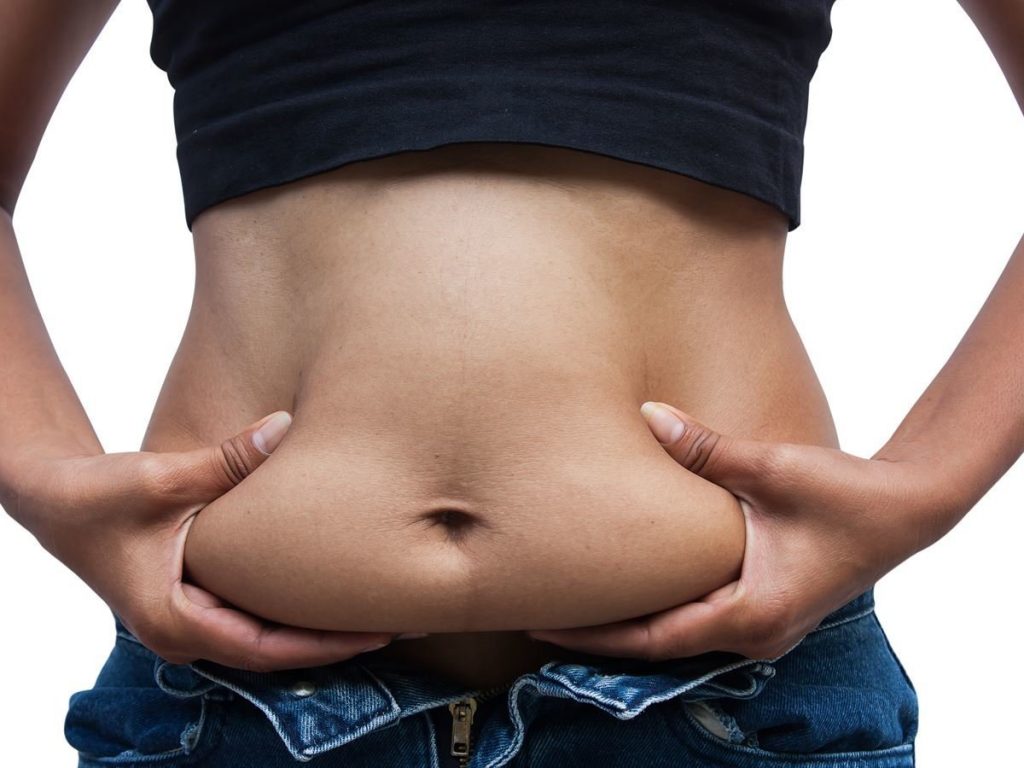
Did you know that our body contains more than one type of fat, and one in particular is more dangerous than the rest? Visceral fat is the stuff that forms around our organs and in the abdominal cavity, and the amount we have deposited in these areas doesn’t always correspond with what we see on the outside. In fact, millions of people who appear to be in shape and healthy are actually hiding deadly amounts of fat beneath the surface.
Why is it so Dangerous?
One of the main reasons that we should be concerned about visceral fat is that we can’t see it. While some tests can provide us with a general idea of our internal fat content, most people don’t even think twice about this potential problem. Consequently, the biggest risk is that we can be lulled into a sense of complacency in terms of our diet and lifestyle.
Another problem is that our bodies process visceral fat differently than the stuff that we do see. It also contains higher concentrations of proteins that contribute to cholesterol, plaque and platelets sticking together. All of these contribute to huge increases in the chances of developing heart disease, diabetes, breast and colon cancer as well as Alzheimer’s disease.
Visceral fat also plays a major role in messing up our metabolism, placing strain on our digestive system, interfering with blood sugar regulation and helping to regulate our appetite. Plus visceral fat just looks downright nasty. It has a yellowish, oily appearance, and it’s usually the first thing that we pull off of pieces of meat and throw away. If we almost-instinctively don’t want it on the food that we eat, then we really don’t want it in our bodies.
The good news is that while some people are vulnerable to excess deposits of visceral fat due to genetics, most of us get too much through our diet and lifestyle choices. Consequently, eating healthy and exercising can cause much of this fat to just melt away. However, research indicates that we need to do both in order to attack visceral fat. While diet alone can help to melt away regular or subcutaneous fat, visceral fat needs to be burned-off instead. Eating healthy also interferes with the chemical reactions in our bodies that produce this type of fat in the first place.
What Eating Healthy Entails
There’s no special diet associated with visceral fat, and overall good eating habits will prevent a lot of it from forming in the first place. Avoid starchy foods and low-quality carbohydrates, drink plenty of water, and incorporate good oils into your diet as well. Avoid fatty meats, be judicious when it comes to consuming dairy products, and eat lots of vegetables. It’s also important to eat smaller portions and snack throughout the day in order to help the body to regulate blood sugar. While this may not sound exciting, it’s what works best, and it doesn’t take long for the body to respond to these positive changes.
In terms of exercise, consistency is key. Try to get around 30 minutes a day of moderate activity, and that fat will start to melt away a lot sooner than you think. In fact, visceral fat can burn much faster than subcutaneous fat, and the results can be amazing. Blood pressure can go down, energy levels can improve, thinking can become clearer, and chances are that you’ll feel happier as well.
Remember that more than 750,000 people suffer from a stroke every year. 1.5 million people have a heart attack, and diabetes kills more people than motor vehicle accidents. The vast majority are caused by a poor diet and lack of exercise, and visceral fat is an integral part of the problem. In the big scheme of things, we’re more likely to die from self-induced health problems than a disaster, terrorist attack or SHTF scenario. Consequently, it makes sense that we should be focusing on our bodies and our health as we move forward with our preparedness efforts. Take the threat of visceral fat seriously, because it could end up unexpectedly-taking your life.